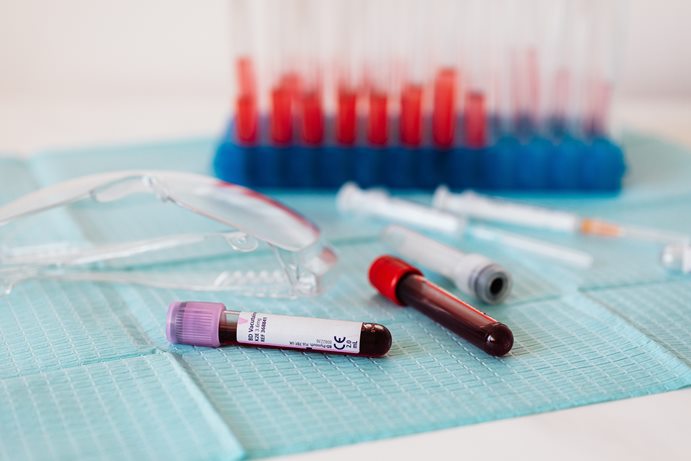SUZANNE O'CALLAGHAN
Suzanne O'Callaghan is HFA Policy Research and Education Manager
The publication of the international clinical diagnosis and management guidelines for von Willebrand disease (VWD) in January 20211,2 was greeted with great excitement around the world.

Australia has been well-represented in the development of the international guidelines, with Dr Simon McRae in the VWD Diagnosis Panel and Susie Couper from HFWA in the VWD Management Panel.
In Australia the international guidelines will be translated for the local environment by the Australian Haemophilia Centre Directors’ Organisation (AHCDO) and published as Australian guidelines for consistent diagnosis, treatment and care around the country. We are looking forward to this as an opportunity to raise awareness about VWD nationally, both for health professionals and the wider community.
We have joined with our international colleagues in a global initiative to deal with VWD issues in the community. HFA is a member of the World Federation of Hemophilia (WFH) VWD Global Group, representing the Western Pacific Region. This is a WFH working group comprised of patient organisations, dedicated to addressing the unmet needs and improving the quality of life (QoL) of the VWD community.

In May 2021 WFH held a webinar on the international VWD guidelines for the global community titled Improving care for people with VWD. Speakers were Dr Nathan Connell, Vice-Chair of the international VWD guidelines Scoping Group, Dr Michelle Lavin, Chair of the WFH VWD and Rare Bleeding Disorders Committee, and our colleagues from the WFH VWD Global Group, Nicolas Giraud from France and Baiba Ziemele from Latvia.
VWD diagnosis is complex and needs to take place in specialised laboratories and then interpreted by haematologists with expertise in VWD. There has also been concern about the potential for life-threatening bleeding in women with VWD after childbirth (post-partum haemorrhage), particularly in resource-poor countries.
Nathan Connell and Michelle Lavin described some key features in the international guidelines:
Nicolas Giraud and Baiba Ziemele commented on the quality of life issues from the perspective of the patient.
Baiba noted that the use of bleeding assessment tools and the focus on VWD phenotype rather than factor levels means that there is less confusion in diagnosis and treatment is likely to be more effective in managing symptoms. She was excited to see simple and inexpensive treatment recommended for women after childbirth to prevent post-partum haemorrhage – this will prevent so many unnecessary bleeding episodes and deaths for women around the world.
For Nicolas, the treatment approach was a highlight: shared decision-making between doctors and patients and an understanding that it is not one-size-fits-all.
The webinar Q&A also provided an opportunity to discuss how to discuss VWD issues with the bleeding disorders community and how to connect with community members who have VWD.
Nicolas suggested that National Member Organisations reach out to their members with VWD:
He commented that it can be hard for people with VWD to relate to the bleeding disorders community if the focus is on haemophilia.
The session finished with a reminder about the COVID-19 vaccine – that the vaccine is safe and effective for people with VWD, but that they may need to speak to their haematologist or HTC as it is an intramuscular injection.
The HFA COVID-19 vaccine FAQs includes advice for people with VWD, as well as other bleeding disorders.
REFERENCES
Haemophilia Foundation Australia acknowledges the Traditional Owners and Custodians of Country throughout Australia, the land, waters and community where we walk, live, meet and work. We pay our respects to Elders past and present and extend that respect to all Aboriginal and Torres Strait Islander peoples.
Sign up for the latest news, events and our free National Haemophilia magazine